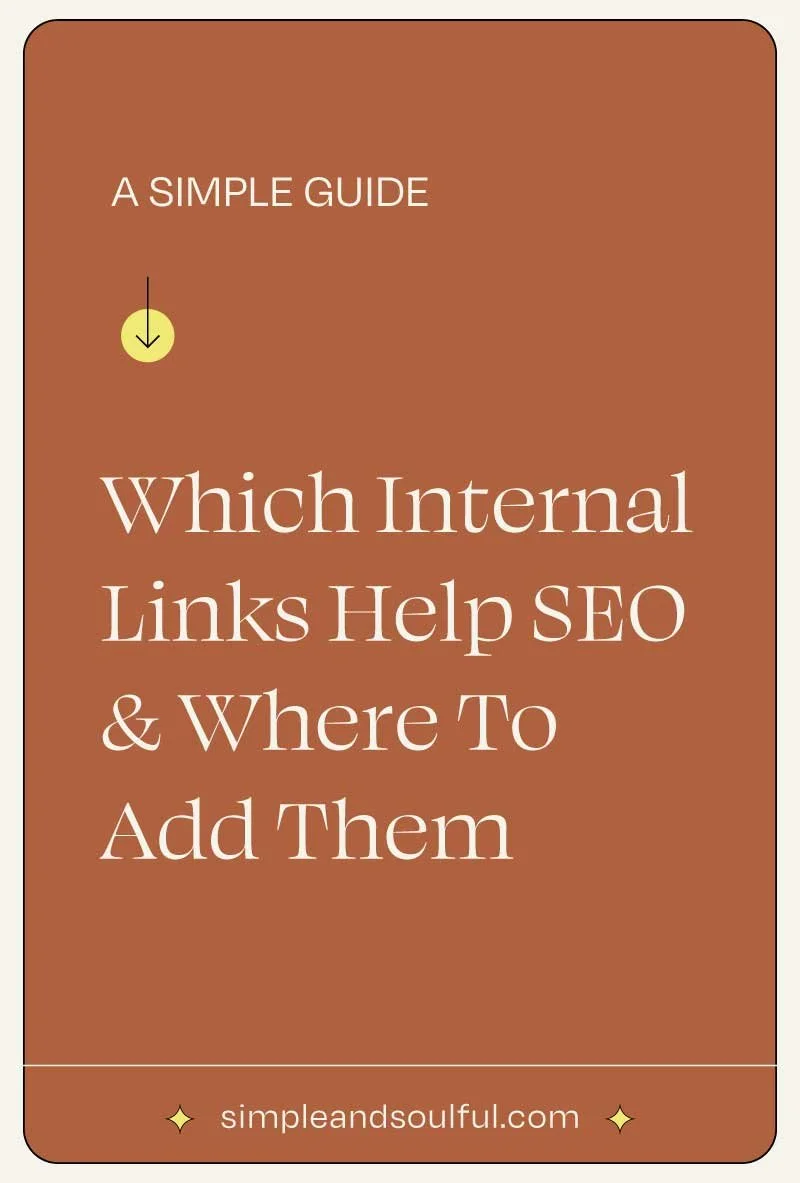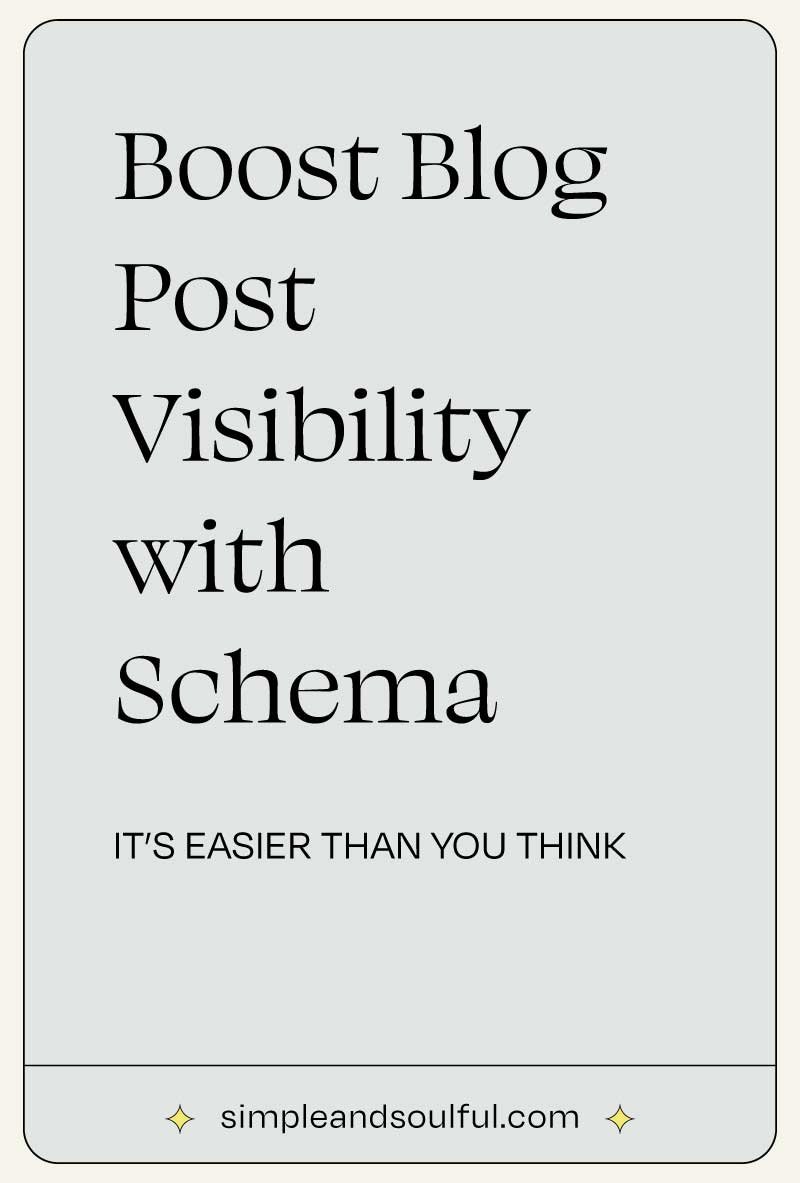Which Internal Links Help SEO Most? A Simple Guide for Small Business Sites
Most small business owners and creatives know that linking between pages on your site is helpful, but did you know how and where you place those links can make a big difference?
Whether you're running a blog, an online practice, or a service-based business, a thoughtful internal linking strategy can boost your visibility in search results and make your site more intuitive to navigate. In this post, we’ll break down the four main types of internal links, explain which is the most impactful for SEO, and share tips on how to use them well.
What are internal links?
Internal links connect one page on your website to another page on your website. They help guide visitors through your content and give search engines clues about how your site is structured—and which pages are most important.
The four main types of internal links:
1. Contextual Links (The MVP)
These are the links that appear within your page or blog post content. They're typically placed in paragraphs or sections where you're referencing another topic or resource on your site.
Why they matter: Contextual links carry more SEO weight because they’re surrounded by meaningful, relevant text. They also feel the most natural and helpful to your readers.
Use them to: Direct visitors to deeper content, service pages, or related blog posts in a way that feels organic.
2. Navigation Links
These are the links in your main site menu—the ones that help people move between the big areas of your site.
Why they matter: These links make your site easy to navigate and ensure your most important pages are accessible from anywhere.
Use them to: Highlight your homepage, services, about page, contact page, or blog.
3. Sidebar Links
If you use a sidebar on your site, you may include links to recent posts, featured articles, or calls to action.
Why they matter: They’re great for keeping readers engaged, especially if you have a blog or lots of content. That said, they tend to get ignored if overused or if they don’t feel relevant.
Use them to: Offer next steps or spotlight popular content.
4. Footer Links
These links live at the bottom of your site—think privacy policy, site credits, or quick links.
Why they matter: Footer links help with accessibility and crawlability, but they aren’t as valuable for SEO as contextual links.
Use them to: Keep essential pages accessible and meet visitor expectations.
So, which internal links are best for SEO?
Contextual links come out on top.
Because they’re placed in the flow of your content—and surrounded by helpful, relevant text—Google sees them as stronger signals of page importance. They're also more likely to be clicked, which is a win for user experience.
Can you track different internal link types?
Yes, but it takes a few tools and a little setup.
If you want to see how internal links are working across your site, especially which pages have strong contextual linking, try:
Screaming Frog: A website crawler that can scan your site and show you how your pages are connected. With a little customization, you can get insights into link placements.
Sitebulb: A more visual option that helps you see link relationships and where your internal links are strong or weak.
Ahrefs or Semrush: These SEO tools are great for analyzing which pages have the most internal links, though they may not show link type without a closer look.
How to strengthen your internal linking strategy:
Here’s where to start:
Review your most important pages—are you linking to them from other content?
Go back to older blog posts and add links to newer, relevant ones.
Add contextual links naturally within your blog posts and service pages—not just in menus or footers.
Use internal linking as a way to support your customer journey: guide readers to where they’ll find the next most helpful piece of information.
Final thought: internal linking is quietly powerful.
It’s one of the simplest and most overlooked ways to improve both your SEO and your site experience. Contextual linking—done intentionally and thoughtfully—can make a big impact over time.
If you haven’t looked at your internal linking lately, now’s a good time to review and refresh.
Need help creating an SEO strategy or improving your site structure?
Explore our SEO services, or reach out for a consultation.
About The Author:
Moses Ward keeps Simple & Soulful organized and optimized behind the scenes. He’s unabashedly deep into the nerd regarding all things SEO, technology, data, and conversions — and loves empowering people with business advice that gets impressive results (and gets bonus points for being trend-proof and tacky-free). He’s got a voice for radio (so says his biz & life partner). Book a call or you’ll never know.
Does SEO make you want to throw your computer into oncoming traffic?
✳︎ WE’D LOVE TO HELP YOU ✳︎















